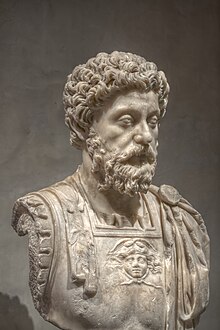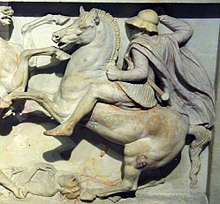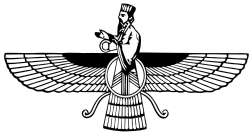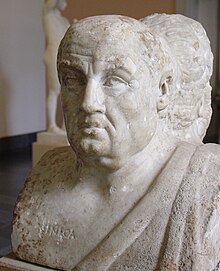 The work known as the Almagest (/ˈælməˌdʒɛst/), originally titled "Μαθηματικὴ Σύνταξις" (Mathēmatikē Syntaxis) in Ancient Greek, and also called Syntaxis Mathematica or Almagestum in Latin, is a 2nd-century Greek-language mathematicaland astronomical treatise on the apparent motions of the stars and planetary paths, written by Claudius Ptolemy (c. AD 100 – c. 170). One of the most influential scientific texts of all time, its geocentric model was accepted for more than 1200 years from its origin in Hellenistic Alexandria, in the medieval Byzantine and Islamic worlds, and in Western Europe through the Middle Ages and early Renaissance until Copernicus.
The work known as the Almagest (/ˈælməˌdʒɛst/), originally titled "Μαθηματικὴ Σύνταξις" (Mathēmatikē Syntaxis) in Ancient Greek, and also called Syntaxis Mathematica or Almagestum in Latin, is a 2nd-century Greek-language mathematicaland astronomical treatise on the apparent motions of the stars and planetary paths, written by Claudius Ptolemy (c. AD 100 – c. 170). One of the most influential scientific texts of all time, its geocentric model was accepted for more than 1200 years from its origin in Hellenistic Alexandria, in the medieval Byzantine and Islamic worlds, and in Western Europe through the Middle Ages and early Renaissance until Copernicus.
The Almagest is the critical source of information on ancient Greek astronomy. It has also been valuable to students of mathematics because it documents the ancient Greek mathematician Hipparchus's work, which has been lost. Hipparchus wrote about trigonometry, but because his works appear to have been lost, mathematicians use Ptolemy's book as their source for Hipparchus's work and ancient Greek trigonometry in general.[dubious ]
The treatise was later titled Hē Megalē Syntaxis (Ἡ Μεγάλη Σύνταξις, "The Great Treatise"; Latin: Magna Syntaxis), and the superlative form of this (Ancient Greek: μεγίστη, megiste, "greatest") lies behind the Arabic name al-majisṭī (المجسطي), from which the English name Almagest derives. The Arabic name is important due to the popularity of a Latin re-translation made in the 12th century from an Arabic translation, which would endure until original Greek copies resurfaced in the 15th century.
Ptolemy set up a public inscription at Canopus, Egypt, in 147 or 148. The late N. T. Hamilton found that the version of Ptolemy's models set out in the Canopic Inscription was earlier than the version in the Almagest. Hence it cannot have been completed before about 150, a quarter century after Ptolemy began observing.[1]






